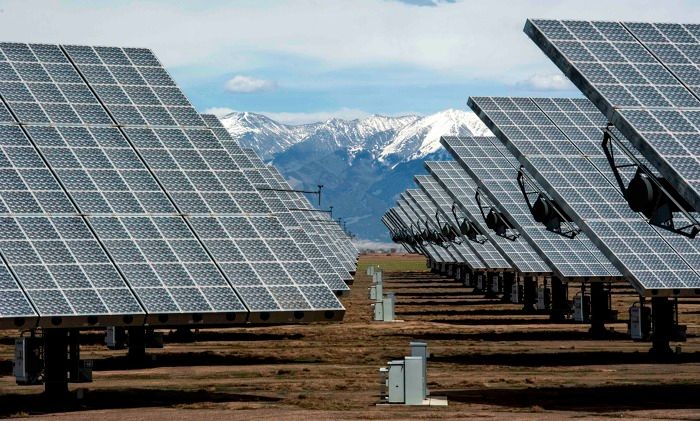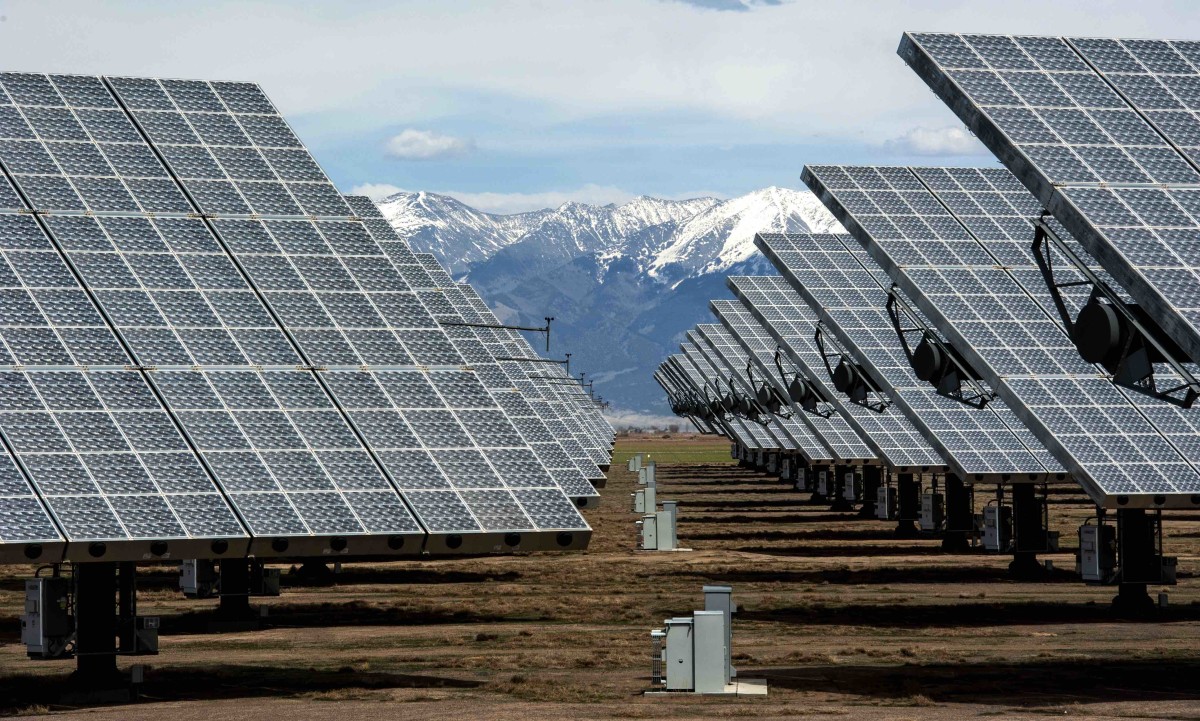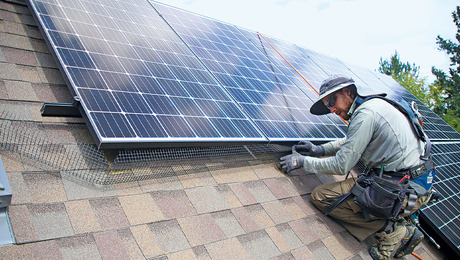
A study by researchers at the Massachusetts Institute of Technology finds there’s more than enough solar-energy potential to meet current and future demand, providing research continues on developing more advanced solar panels and lots more money is invested in deploying them.
Authors of the report, The Future of Solar Energy, said that while continuing research and development is key to developing more advanced panels, existing crystalline-silicon technology is mature, and manufacturing capacity already in place, to dominate the market for the next couple of decades.
But tepid investments are one of several problems yet to be solved. The U.S., for example, has 5% of the world’s population but uses 26% of the world’s power, and generates less than 1% of its electricity from solar power.
“Massive expansion of solar generation worldwide by mid-century is likely a necessary component of any serious strategy to mitigate climate change,” the report says. “Fortunately, the solar resource dwarfs current and projected future electricity demand. In recent years, solar costs have fallen substantially and installed capacity has grown very rapidly…
“The main goal of U.S. solar policy should be to build the foundation for a massive scale-up of solar generation over the next few decades.”
Authors identified three challenges for ramping up solar generation of electricity: developing new solar technologies, integrating solar generation on a large scale into the existing grid, and rewriting government policies to support a wider adoption of PV.
More investment in technology
At the moment, the dominant PV technology is wafer-based crystalline silicon, the report says, which accounts for about 90% of installed capacity. It’s a mature technology supported by a fast-growing global industry. Yet nonmodule costs (called the “balance of system” or BOS) account for 65% of utility-scale costs and 85% of residential systems.
“Therefore, federal R&D support should focus on fundamental research into novel technologies that hold promise for reducing both module and BOS costs,” the report says. “The federal PV R&D program should focus on new technologies not–as has been the trend in recent years–on near-term reductions in the cost of crystalline silicon.”
Existing thin-film technologies, an alternative to silicon wafer modules, are cost competitive with silicon, but some of them rely on raw materials that are in very short supply. For example, the abundance of tellurium, used to manufacture cadmium telluride (CdTe) films, are estimated to be only one-quarter that of gold, the authors said.
Emerging thin-film technologies have the potential to provide “superior performance with lower manufacturing complexity and module cost.” They have “the potential to significantly reduce the cost of PV-generated electricity in the future.”
The federal government should concentrate its R&D spending on developing environmentally friendly thin films made with abundant materials. Research aimed at near-term cost reductions for silicon panels should be “reversed.”
Integrating solar into the grid
Initially, the introduction of distributed PV-generated electricity lowers the cost of the distribution system. But when distributed PV becomes a significant share of overall electricity generation, the “net effect is to increase distribution costs (and thus local rates).” The reason is that local grids weren’t designed to handle lots of PV input from customers, and in order to maintain “power quality” utilities have to invest in new equipment.
“In an efficient and equitable distribution system, each customer would pay a share of distribution network costs that reflected his or her responsibility for causing those costs,” the authors said. “Instead, most U.S. utilities bundle distribution network costs, electricity costs, and other costs and then charge a uniform per-kwh rate that just covers all these costs.”
When this rate is combined with net-metering, the result “is a subsidy to residential and other distributed solar generators that is paid by other customers on the network.” This argument about “cost shifting” is at the root of many disputes around the country between solar advocates and utility managers.
“Because of these conflicts, robust, long-term growth in distributed solar generation likely will require the development of pricing systems that are widely viewed as fair and that lead to efficient network investment. Therefore, research is needed to design pricing systems that more effectively allocate network cost to the entities that cause them,” the report says.
When it comes to subsidizing the deployment of current technology, the report suggests solar output, rather than investment, would be the least expensive way of growing PV.
In the U.S., the main federal incentive are tax credits, but subsidies would be much more effective, the report adds, “if they rewarded generation, not investment.”
Still, the authors said, “now is the wrong time to drastically reduce federal financial support” because current policies have been helpful in advancing PV. If Congress retails the investment subsidy, now due to be rolled back sharply by the end of next year, it should be replaced with direct grants. Further, existing state renewable portfolio standards should be replaced with a uniform national program.
Fine Homebuilding Recommended Products
Fine Homebuilding receives a commission for items purchased through links on this site, including Amazon Associates and other affiliate advertising programs.

Reliable Crimp Connectors

Handy Heat Gun

Affordable IR Camera

The Alamosa Solar Generating Project near Alamosa, Colo., includes more than 500 dual-axis pedestal-mounted tracking assemblies, each 70 ft. by 50 ft. Massive deployment on this scale could provide the world with all the energy it needs, according to a report from a team at the Massachusetts Institute of Technology.



























View Comments
I think the key word here is that there is POTENTIAL. Not an actual solution. That means that the businesses really need to work on a proper storage solution for all this errant energy running around shouldn't they!